An in-flight medical emergency encompasses a wide range of health situations that can occur during a flight. These events vary from minor issues, like a mild headache or feeling dizzy, to more serious incidents, such as heart attacks or severe allergic reactions. Most cases are successfully managed with basic first-aid measures. More than just serving coffee, flight attendants are trained in CPR and can administer life-saving medications from emergency kits. And if a fellow passenger happens to be a medical professional, they can assist without fear of legal repercussions.

Unlike on-land emergencies, where the hospital is just around the corner, and traffic jams and red lights conspire, the stakes are relatively higher in in-flight emergencies. Thirty thousand feet above the ground, the nearest hospital is a thousand miles away. So, how exactly do they manage to handle the situation? Let’s find out in depth.
What are the most common emergencies on flight?
Medical emergencies during flights are relatively uncommon, but they do happen from time to time. Here are the most common types of in-flight emergencies:
Health-Related Emergencies:
- Nausea and Vomiting: Passengers feeling sick or vomiting.
- Fainting or Feeling Faint: Occurs due to various factors, such as anxiety, dehydration, or low blood pressure.
- Respiratory Problems: Breathing difficulties, asthma attacks, or other respiratory issues.
- Heart Problems: Symptoms related to heart conditions, including chest pain or discomfort.
- Severe Allergic Reactions: Anaphylaxis due to allergies.
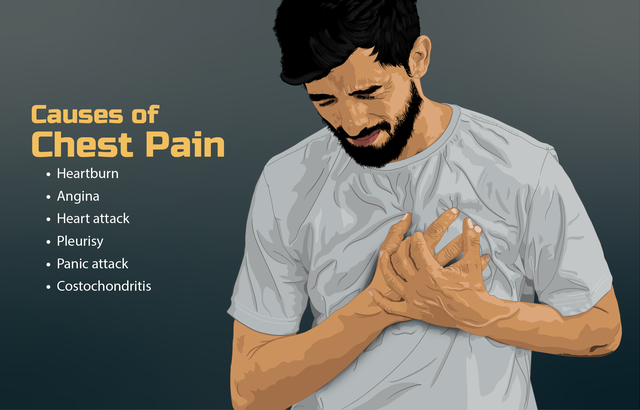
Injury-Related Emergencies:
- Scalds from Hot Drinks: Accidental burns caused by hot beverages.
- Injuries Following Severe Turbulence: Passengers getting hurt during turbulence.
Other potential emergencies on flights include reduced oxygen availability due to cabin pressure, discomfort due to prolonged sitting, ear and sinus pain during ascent and descent, and in-flight altercations.
How do flight attendants handle medical emergencies on flights?
Flight attendants play a crucial role in handling medical emergencies during flights. Here’s an in-depth explanation:
Training and Preparedness:
Before taking to the skies, flight attendants undergo rigorous training that prepares them for various scenarios, including medical emergencies. They learn first aid, CPR, and how to operate an automatic external defibrillator (AED), which can analyze a person’s heartbeat and deliver an electric shock if needed. Training also covers identifying symptoms of illnesses, including COVID-19.
Discovery and Initial Response:
Flight attendants become aware of a passenger in distress through direct observation or reports from other passengers. The first flight attendant on the scene takes charge, alerts other crew members, and retrieves necessary emergency equipment. They communicate with the captain, keeping them informed of the situation.
Assessment and Diagnosis:
The attending flight attendant assesses the patient’s condition. If the patient is conscious, they use a question-and-answer protocol (with an interpreter if needed) to determine the cause of distress. No immediate decisions are made unless the situation is life-threatening; during this time, the flight crew considers diversion options and implications.

Collaboration and Communication:
Flight attendants work with pilots, ground medical support, and occasionally medically trained passengers. They maintain open communication with the pilots, providing updates on the situation. Collaboration ensures the affected passenger receives the best care possible.
Equipment and Supplies:
Flight attendants can access medical kits containing essential supplies like bandages, medications, and AEDs. They follow protocols for administering aid and using equipment effectively.
Challenges and Professionalism:
Handling medical emergencies at 35,000 feet can be challenging due to limited resources and space. Flight attendants remain calm, professional, and compassionate while assisting passengers in distress.
What medical equipment is available on commercial planes?
Commercial airplanes carry essential medical equipment to handle emergencies. Here’s what you’ll find on board:
| Equipment | Details |
| Automated External Defibrillator (AED) | A crucial device for cardiac emergencies. It analyzes heart rhythms and delivers electric shocks if needed. |
| First Aid Kits | Every aircraft is required to have a comprehensive first aid kit. These kits contain items to treat non-life-threatening injuries like cuts, burns, or broken bones. |
| Emergency Medications | The onboard medical kit includes medications such as aspirin, antihistamines, and bronchodilators. These can address various medical events, such as gastrointestinal issues, fainting, or respiratory problems. |
| Oxygen Equipment | While there’s limited oxygen available, it’s crucial for passengers experiencing breathing difficulties. |
| Stretchers and Emergency Blankets | These are used to stabilize passengers during medical emergencies. |
| Communication Equipment | Airlines maintain communication systems to contact ground-based medical professionals for advice and assistance. |
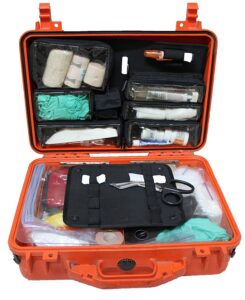
Here’s a list of common items found in onboard first aid kits on commercial airplanes:
Adhesive bandages (band-aids): Used for minor cuts and abrasions.
Sterile gauze pads: For wound dressing.
Antiseptic wipes or solution: To clean wounds.
Tweezers: Useful for removing splinters.
Scissors: For cutting bandages or clothing.
Disposable gloves: To maintain hygiene while providing first aid.
Pain relievers (e.g., acetaminophen): For headaches or minor pain.
Antihistamines: To manage allergic reactions.
Motion sickness medication: Helps with nausea.
Burn cream or gel: For minor burns.
Eyewash: For eye irritations.
Cotton swabs: Versatile for various uses.
Emergency blanket: Provides warmth and insulation.
CPR face shield or mask: Used during resuscitation.
Instant cold packs: To reduce swelling.
Splinting materials: For stabilizing fractures.

The frequency of inspection and replenishment for onboard medical kits varies by airline and regulatory requirements. However, airlines typically follow guidelines to ensure these kits are checked before each flight and replenished as needed. The goal is to maintain their readiness for any medical emergencies during the journey.
Are there any restrictions on passengers carrying their own medications onboard?
Certain guidelines must be followed when carrying medications onboard. You can travel with unlimited amounts of solid or pill-form medicines, but these must be screened with your carry-on bags. Standard over-the-counter (OTC) medications like pain relievers, allergy medications, and antacids are allowed on board.
Liquid OTC medications must be declared and screened. It’s recommended that these items be placed in a carry-on bag for immediate access during the flight.
If your medication contains a controlled drug, check the rules of the country you’re traveling to. You may need to prove that the medication is yours with a prescription or a letter from your doctor.
There are no restrictions on how many syringes and medication you can bring on a plane. However, you must declare these items to security officers at the checkpoints for inspections.
“Is there a doctor onboard?”
When a medical emergency occurs during a commercial flight, doctors on board play a crucial role in providing immediate assistance. Upon hearing the call for medical assistance, the doctor identifies themselves as a medical professional. They state their qualifications to reassure the cabin crew and affected passengers.
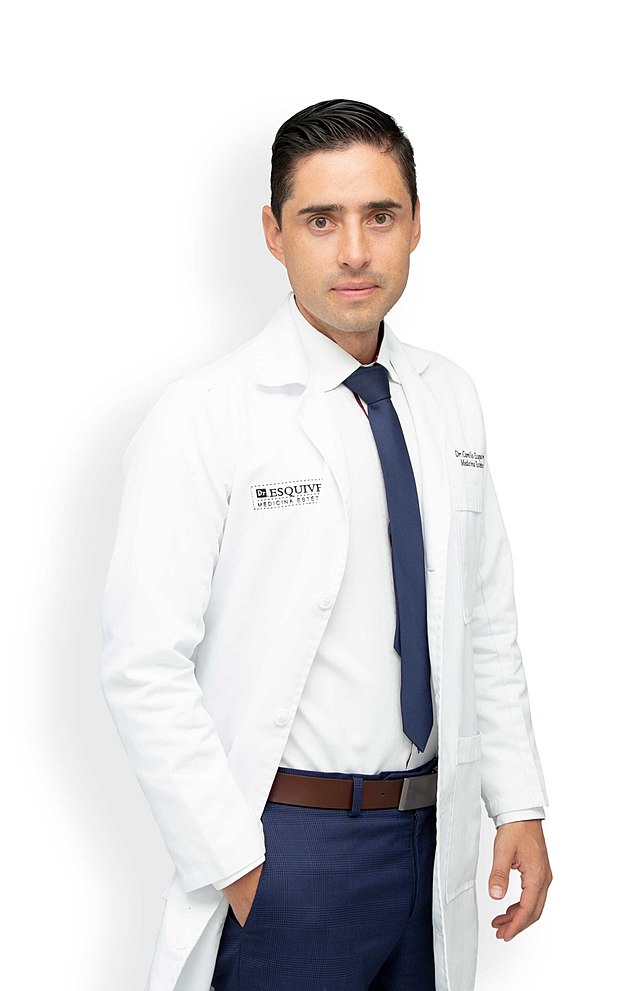
The doctor assesses the situation, considering the severity of the medical event. If feasible, they seek permission from the affected passenger to provide medical care.
If necessary, the doctor requests access to the onboard medical kit or automated external defibrillator (AED). The medical kit contains supplies beyond basic first aid, providing more comprehensive treatment. Ground-based medical services can be contacted via phone. Trained medical professionals provide advice and information on available infrastructure in case of an emergency landing.
How do flight attendants assist doctors during an emergency?
When a passenger reports a medical issue, flight attendants promptly notify the captain and seek medical assistance. They make an announcement asking if any doctors are on board.
Coordination and Communication:
- Flight attendants facilitate communication between the doctor and the cockpit crew.
- They provide essential information about the situation, passenger condition, and available resources.
Access to Medical Supplies:
- Flight attendants retrieve the onboard medical kit and automated external defibrillator (AED) for the doctor.
- They ensure the doctor has the necessary supplies like gloves, masks, and medications.
Flight attendants manage other passengers, maintaining distance and allowing the doctor to work. They create a private space for the doctor and the affected passenger. They assist the doctor during procedures such as CPR or administering medications, follow the doctor’s instructions, and provide any necessary equipment. If required, flight attendants prepare for an emergency landing. They communicate with ground-based medical services and relay information.
What training do flight attendants receive for medical emergencies?
Flight attendants undergo comprehensive training to handle in-flight medical emergencies. Here are the key aspects of their training:
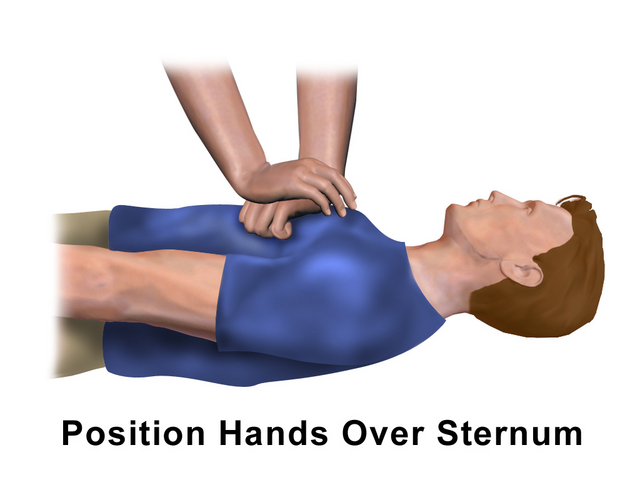
First Aid and CPR (Cardiopulmonary Resuscitation): Flight attendants are trained in basic first aid techniques, including assessing injuries, wound care, and managing medical emergencies. They learn how to perform CPR and use automated external defibrillators (AEDs) if a passenger experiences cardiac arrest.
Medical Equipment Familiarization: Crew members must be familiar with the location and proper use of medical equipment on board. This includes AEDs, first aid kits, oxygen masks, and other emergency supplies.
Physiological Effects of Flying: Flight attendants study how flying affects passengers’ health, such as changes in cabin pressure, oxygen levels, and dehydration. They learn to recognize symptoms related to these effects.
Travel Health: Training covers common health issues passengers may face during flights, such as motion sickness, jet lag, and dehydration. Flight attendants provide advice and assistance to passengers based on these considerations.
Coordination with Ground Medical Professionals: In more serious cases, flight attendants coordinate with medical professionals on the ground. They relay information about the passenger’s condition and follow any instructions provided.
The pilot’s role during a medical emergency.
Pilots must manage stress during emergencies. Regular medical check-ups are required to ensure their physical and mental well-being. Training includes stress management techniques and crew resource management (CRM). Pilots collaborate with cabin crew during medical emergencies. They understand the location of medical equipment on board and how to use it.

How do pilots decide whether to divert or not during medical emergencies?
Pilots must make critical decisions about diverting the aircraft to an alternate airport or continuing to the planned destination during medical emergencies. These decisions are based on several factors:
Pilots assess the severity of the passenger’s medical condition. Life-threatening situations (e.g., cardiac arrest, severe allergic reactions) usually prompt immediate diversion. Less critical conditions (e.g., minor injuries and discomfort) may allow the flight to continue to the destination.
Available Resources Onboard:
- Pilots consider the medical equipment available on the aircraft. They may continue the flight if the situation can be managed with onboard supplies (e.g., first aid kits and oxygen).
- If specialized medical attention is required, diversion becomes more likely.
Distance to the Destination and Alternate Airports:
- Pilots evaluate the remaining flight time to the planned destination and the proximity of suitable alternate airports.
- They may continue if the destination is nearby and the situation is stable. Otherwise, diversion is necessary.
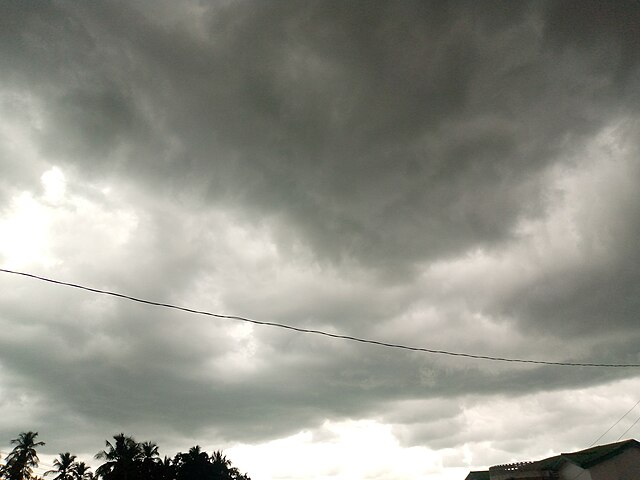
Weather Conditions and Airport Facilities:
- Weather conditions at the destination and alternate airports play a crucial role.
- Pilots consider visibility, wind, runway length, and available medical facilities.
- Diversion becomes necessary if weather conditions deteriorate or the destination lacks suitable medical services.
Passenger Safety and Comfort:
- Pilots prioritize passenger safety and well-being.
- If continuing the flight poses risks to passengers or exacerbates their medical condition, they opt for diversion.
Pilots communicate with air traffic control (ATC) and airline dispatch. ATC provides information on nearby airports, weather updates, and emergency services. Dispatch assists in evaluating options and coordinating ground support. Pilots adhere to aviation regulations and company policies. They follow those guidelines if regulations mandate diversion (e.g., specific medical conditions).
So, pilots weigh medical severity, available resources, distance, weather, passenger safety, communication, and legal aspects when deciding whether to divert during in-flight medical emergencies.
Some notable bizarre in-flight medical emergencies.
While in-flight medical emergencies can range from minor to serious, some unusual incidents have occurred at 30,000 feet. Here are a couple of notable ones:
Strange Smell Sickens Passengers: On a Rome-bound US Airways flight in 2012, multiple passengers complained of nausea and vomiting due to an unidentified, foul smell inside the plane. Imagine the challenge for the crew as they dealt with a mysterious odor affecting numerous travelers.
Pilot’s Medical Emergency: It’s not just passengers who experience health issues mid-flight. In 2013, a JetBlue pilot suffered a medical emergency during a flight. The co-pilot safely landed the plane, demonstrating remarkable composure under pressure.
